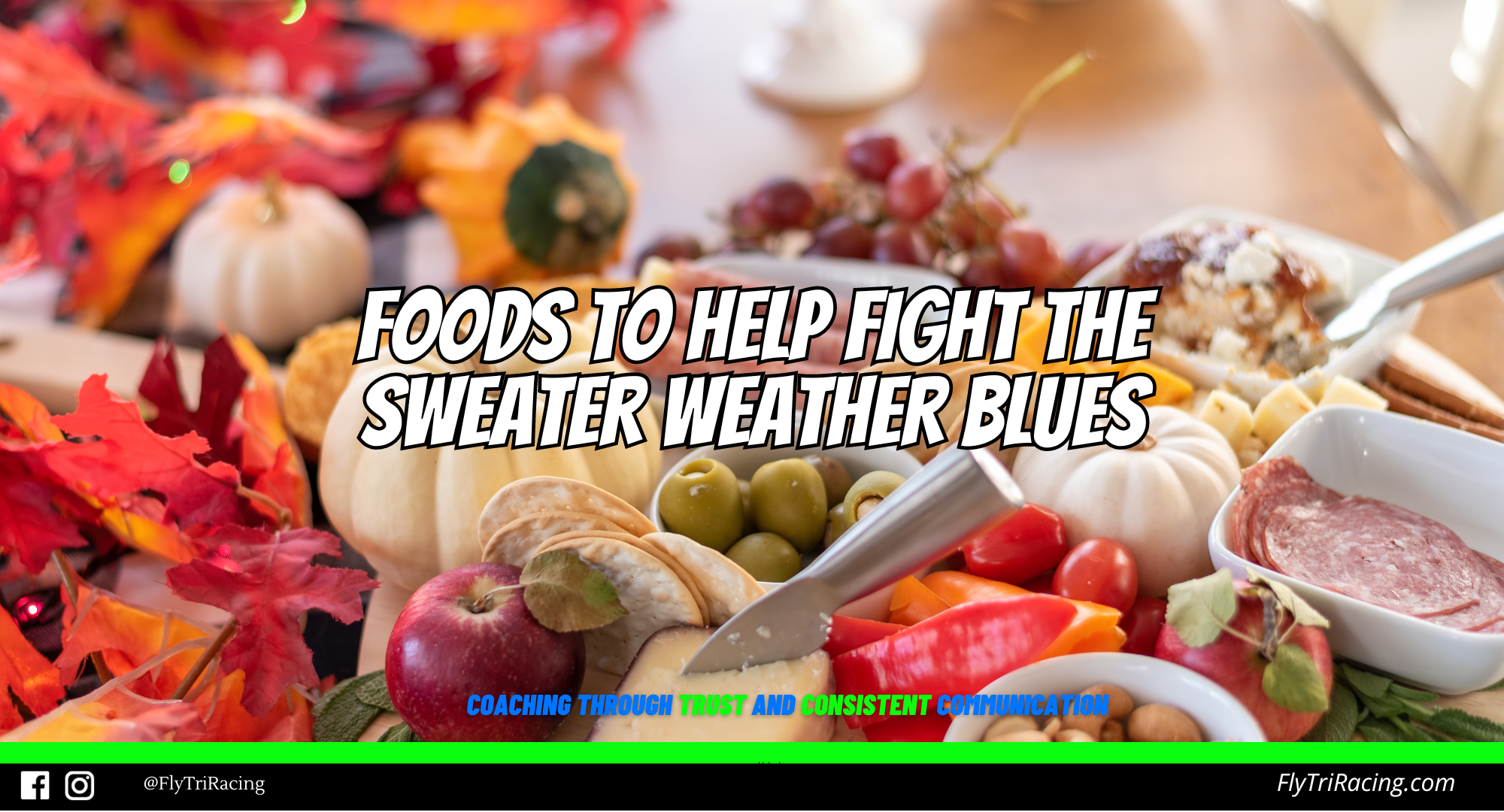Sweater weather is upon us and although those warm, fuzzy feelings of pumpkin spice lattes, bonfires, and cozy thick blankets put us in a delighted phase of our lives, colder months are also a time for increased levels of depression for many people.
According to the American Psychiatric Association (APA), many people experience Seasonal Affective Disorder (S.A.D.), a form of depression. SAD occurs during the fall and winter months due to decreased exposure to sunlight, a natural source of vitamin D. The cold forces us indoors, requiring us to find a different routine of activities and even eating patterns.
These changes may cause stress within households, and with a condition like depression, options are limited to aid us in suppressing those feelings. But there is great news! Eating nutritious foods can help us in the battle with fighting depression.
So, let’s talk about what your body is missing once the colder months hit. We naturally absorb vitamin D from the sunlight when it hits our skin. Vitamin D helps our body absorb calcium, which is important to help our bones stay strong. Vitamin D can also help reduce infections and inflammation in the body. Vitamin D is a very common deficiency, especially for those that spend the majority of their time indoors, have a darker complexion, or do not consume enough Vitamin D foods or supplements.

What are some good sources for Vitamin D that we can get from our stores? Some examples of good food high in Vitamin D are:
- Trout, salmon, tuna, mackerel, and fish liver oils
- Eggs
- Cow’s milk and fortified foods like cereal and juices (orange)
Another vitamin group which may be linked to depression are the B-vitamins, especially Vitamin-B12. B12 plays an important role in brain health by protecting the nerve cells within. Deficiency in B12 and other B vitamin deficiency can be linked to symptoms of depression.

Some sources of Vitamin B12 are:
- Eggs
- Fish
- Beef and poultry (chicken, turkey)
- Whole grains (brown rice, quinoa, plain popcorn, whole wheat bread)
- Cow’s milk
A secondary consideration when eating healthy is that fresh fruits and vegetables that we are accustomed to during warmer months may not be readily available in the winter due to being “out of season.” Fear not, here are some examples of fall and winter foods:
- Root vegetables (squash, pumpkin, zucchini, carrots)
- Broccoli
- Apples, peaches, pomegranates
- Walnuts and pecans
Even if these foods are not the ones listed and packed with Vitamin D or B12, there is one thing to consider:
A healthy body can equal a healthy mind. So, fill up on nutrient-rich foods this fall and winter!





